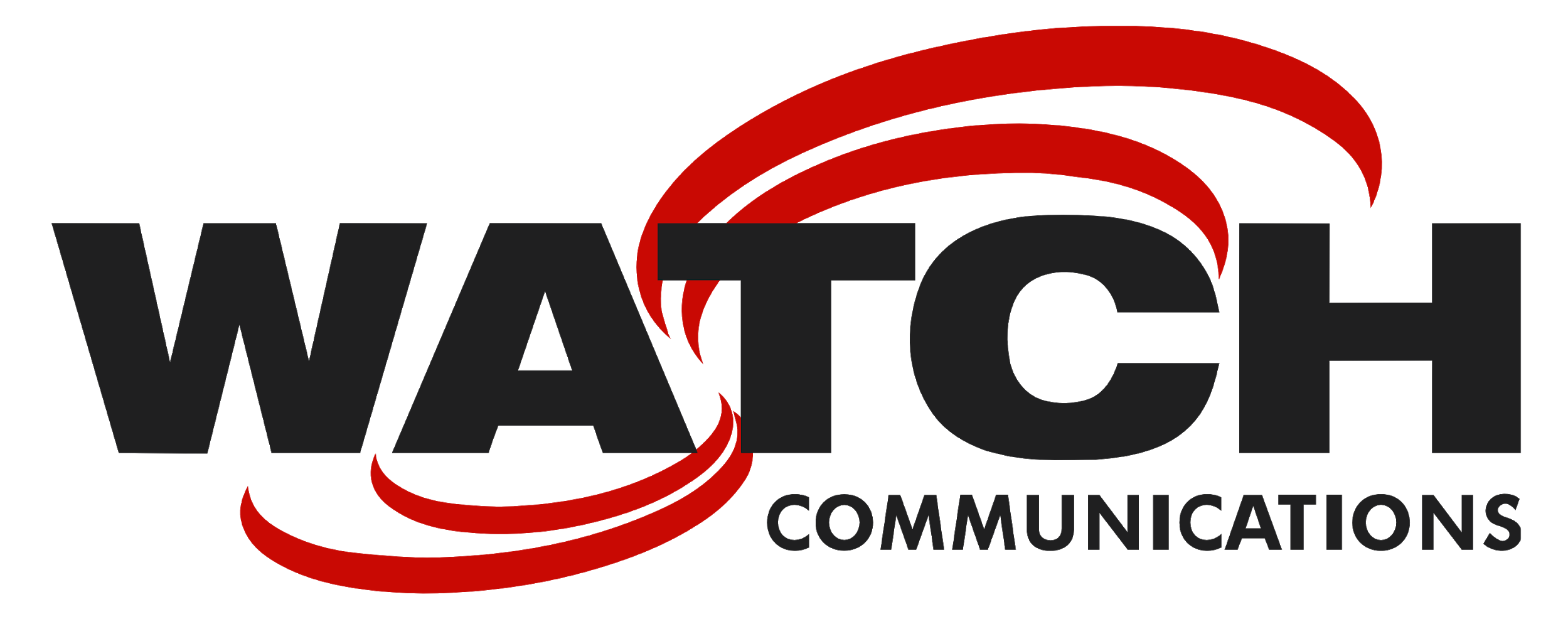- webdev
- March 6, 2025
- Archives
How to pick the internet speed package that’s right for you.
What matters most is bandwidth.
One of the most important things to know before choosing a package is bandwidth. The bandwidth you get from the package you choose is shared with all the devices on your connection. How much you need depends on how you use the internet, how many other homes in the area are also using the service, plus your provider’s network capability, etc.
Bandwidth is measured in bits per second (bps) and is defined as the “maximum amount of data transmitted over an internet connection in a given amount of time”. Simply put, the higher the speed package, the faster your Internet will download data. For example, a 25Mbps speed package is going to download data much slower than a 400Mbps speed package. Download speed is typically more important than upload speed since a higher bandwidth is required for streaming movies, online gaming, video conferencing etc. This explains why most companies advertise the download speed first, and upload speed second. For example, you may see a speed package described as 100/20 which means 100Mbps is the download speed, and 20Mbps is the upload speed.
What is the right-sized Internet package for YOU?
Deanna Disney, Director of Customer Experience at Watch, says there are three questions to consider when making the right choice in packages:
- What do you want to do online?
- How many internet-connected devices do you have?
- Will your devices be running simultaneously?
If you only want to answer and send emails and use your smart phone or tablet for a few online games, or perhaps video chat with family, you really don’t need that much bandwidth for downloading.
“Many of our rural customers simply want the minimum-use case for internet, so I advise them to choose a 25Mbps package or 50 to 100 at most,” says Disney. “If you have a laptop, a smart phone, smart TV and maybe a tablet, and you aren’t using them simultaneously, 25 to 50Mbps is usually sufficient.”
But, if you have multiple computers, phones, TVs, a game console or a smart wi-fi connected home, you’re going to require more bandwidth. Likely these devices will often run at the same time and you are probably doing more than checking emails. In this case, Disney says she would recommend 100 to 400Mbps.
Another important thing to consider is the ACTUAL number of internet-connected devices a household has. Anything that uses wi-fi or is hard-wired into a router will need to be considered for the appropriate bandwidth. On average, people can expect to use about 10Mbps per person in their household. If devices like computers for work, security cameras or other smart-home devices are running all the time, that will eat up bandwidth as well.
“Most people don’t realize their phone is always running in the background along with any smart doorbell cameras and thermostats. On top of that, if you have household members that work from home and kids that game online, while other family members are simultaneously streaming on Netflix – – the amount of bandwidth (bps) required adds up quickly,” Disney says.
Disney says that her team always asks the important three questions so customers only buy the package they need and no more.
“The great thing is at Watch, we don’t have contracts so any time a customer wants to add more bandwidth, they can,” says Disney. “We start people with an appropriate package and move them up as needed.”
Please call to talk with an internet specialist about your specific needs and location. We are happy to explore options and recommend a plan that will work for you. Reach us at: 1-800-589-3837

